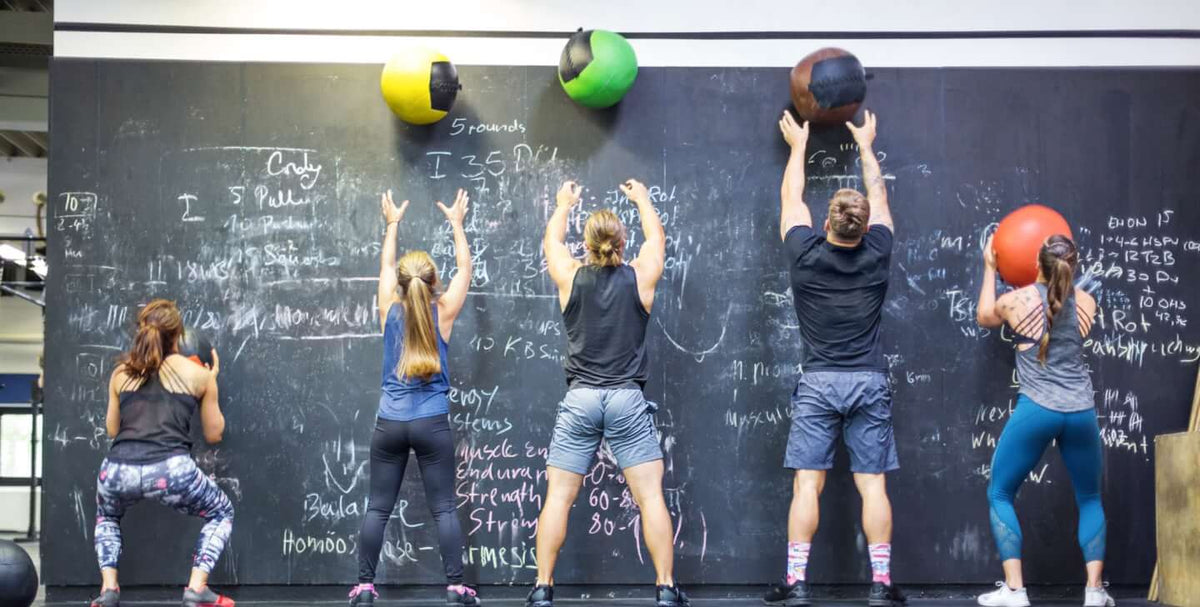HIIT Workout Plan Versus Running: Which is Best?

Hear the acronym “HIIT,” short for high intensity interval training, and it’s likely that your heart rate quickens just a little bit right off the bat. Touted by many as one of the most effective ways to burn calories in a short amount of time, this exercise method has grown in popularity with the help of bustling fitness movements like CrossFit. But the question arises: is the hype true? If you’re the kind of person who loves to tackle a weekend 10-mile bike ride or indulge in a morning long run, should you reconsider your chosen method of fitness if you’re looking to torch calories? Should you look for a HIIT workout plan?
Not so fast, according to a recent study. Researchers at the University of Wisconsin–La Crosse recruited 65 relatively sedentary individuals (23 male, 42 female), ranging from 18 to 28 years old. Out of this group, 55 participated in the trial and were split into three training groups: steady-state exercise, Tabata (or HIIT), and Meyer (moderate intensity). Experts found that over the testing period, there was no major advantage gained from more intense exercise (including calories burned). Plus, the people in the Tabata group enjoyed their workouts the least.
HIIT workout plan: How does it stack up?
“Both types of exercise are great for burning calories and challenging the body, depending on the goals someone is looking to achieve,” says Whitney Biaggi, ISSA certified fitness trainer, IIN-certified health coach, and instructor with New York City’s HIIT IT! “HIIT produces a greater metabolic efficiency and due to the effect of excess post-exercise oxygen consumption (that afterburn effect)—your metabolism is elevated for hours post workout.”
Think about it: have you ever gone to do a quick workout with a friend and found that afterward you couldn’t cool down? That, friends, is EPOC hard at work.
But don’t discount the benefits of steady-state (often referred to as “LISS”—low-intensity, steady-state) exercise, just yet. Working at about 60 percent of your maximum heart rate, training at a lower intensity can increase blood flow, jump-start weight loss, and promote oxygen delivery within cells. Plus, since there’s less muscle breakdown with LISS than a HIIT workout, it’s something you can do daily.
Alignment with your goals
“It really depends on what your goals are,” says Alex Silver-Fagan, Nike Master Trainer and author of Flow into Strong. “In the actual moment, steady-state burns more calories. But what’s most important is that you’re getting active, period. I would tell almost everyone that it’s really important to have a solid aerobic capacity and base before diving into a rigorous HIIT routine. For anyone who feels comfortable with considerable movement already, then you can start small with the HIIT work. But don’t jump straight into a 27-minute WOD.”
Silver-Fagan cites 27 minutes because that’s the number scientists have messed around with. According to research, 27 minutes of HIIT within an HIIT workout plan produces the same anaerobic and aerobic improvement as 60 minutes of steady-state cardio five times per week.
The most important thing?
“Think about what you enjoy,” suggests John Honerkamp, Lululemon ambassador, former professional runner, and run coach. “Beyond the physical benefits, both workouts also help with the mental side of things. Steady-states really help callus the mind (and body) to endure longer bouts of being uncomfortable and help you dig deeper when you need to. You can be very mindful and work on visualization and focus during steady-states. HIIT workouts also work your mind, but in a different way. Working both ends of the spectrum is best for both the mind and body.”




